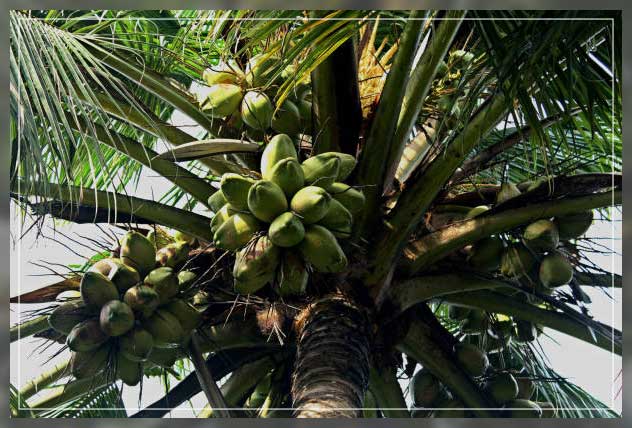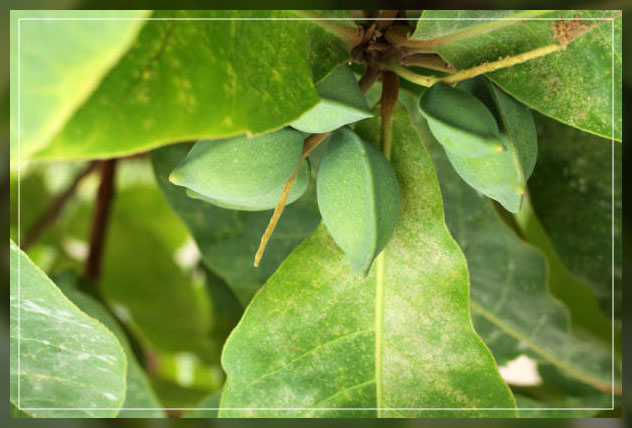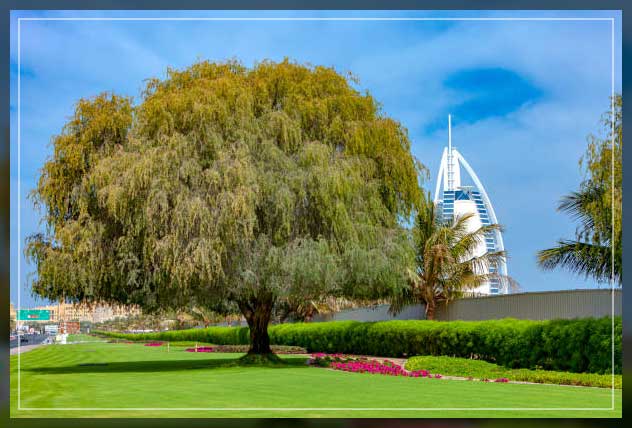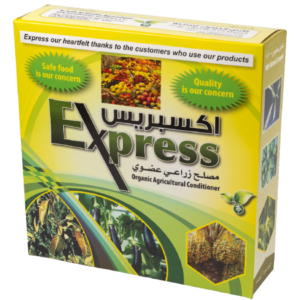UAE residents love their environment because it is integral to their country, history, and heritage. Their forefathers lived and survived in this environment on land and sea. They could do so because they had recognized the need to conserve it. They followed the principle of taking from it only what they needed to live and preserving it for succeeding generations. Consequently, trees in UAE have an essential role to play in achieving sustainable development.

Achieving sustainable development and environmental protection in the UAE is a national duty. It has its institutional structures, integrated legislature, and advanced systems.
Trees in UAE – Role of the Government
To prosper and develop, the government of UAE seeks a balance between its resident’s aspirations and the planet Earth’s needs. They have struck a balance through science and understanding. Through their scientific endeavors, the UAE government understands the challenges they face.

Additionally, they know how best to address them to ensure a lasting legacy for the future. They trust that their descendants will do even better than them in this regard. The government and residents meet these challenges with a positive outlook, vigor, and innovation, turning every challenge into a new opportunity.
Over the years, they have not spared any effort in improving their understanding of the environment. The government constantly educates their youth on the importance of conserving the wealth of our resources. They have a much better experience of air, water, soil, habitats, and species, empowering us to become more effective stewards of the future.
Additionally, they have reintroduced species that were once extinct in the wild and have relied on innovative technologies to protect our precious resources.
Trees in UAE – The Ghaf Tree
A famous Arabian says that death will not visit a man, even during a famine, if he has a goat, a Ghaf, and a camel, since the three together will sustain a man even under the most challenging conditions.

The Ghaf is a drought-tolerant tree that can remain green even in harsh desert environments. It is essential for the survival of both plant and animal species. It is the national tree of the UAE as it is a cultural and historical symbol of peace and stability in the UAE’s desert environment.
The valuable and beautiful Ghaf is the evergreen tree of the desert. The Ghaf tree was declared as the UAE’s national tree in 2008. The primary motive behind this was attributed to its great cultural and traditional significance.
The Ghaf is a drought-tolerant tree that can withstand the harsh desert environment and remain green. You can find it on low dunes, indicating there is water underground. The Ghaf tree can live up to 120 years. Consequently, it is regarded as one of the sturdiest plants in the harsh desert environment and is specific to the UAE, Saudi Arabia, and Oman. In the UAE, it can grow on undulating sand sheets, low dunes, and along margins of gravel plains, mainly near the coastal regions in the emirates of Dubai, Sharjah, Abu Dhabi, and Ras Al Khaimah.
Flowers, bark, branches, fruits, leaves, and roots of Ghaf provide resources and habitat for various native fauna and flora. Consequently, this tree is a keystone species that plays an integral part in the food chain. If the Ghaf tree disappeared, it would cause the ultimate extinction of other species in the ecosystem—the Ghaf homes the desert eagle owl, brown-necked raven, yellow-throated sparrow, and long-legged buzzard.
The Significance Of Ghaf Tree in UAE
Traditionally, the Ghaf tree in UAE is regarded as a place of contact. This effectively means it is a place to meet and talk before heading to their next destination. It implies stability – it has proven its unique place in everyone’s heart that people can connect under its shade. The tree is also mighty since it is a food supply for humans and animals. It also encourages both the art of giving and sustainability.

The tree represents the UAE’s weather. As a national tree, it has a tolerance to drought; it can tolerate extreme weather conditions and needs a minimum to no water. However, they find it very hard to grow if insects initially damage the seeds. In the Year of Tolerance, UAE selected the Ghaf as their emblem so that everyone can live up to the values of tolerance.
Trees in Dubai – Environment and Natural Heritage
The Ghaf plant is a keystone species having multiple beneficial uses, from combating desertification and improving soil fertility in arid environments to being an essential food source and a source of fuel, shelter, and medicine for humans and animal species. Many birds build nests on the Ghaf – Desert eagle owl, Brown-necked raven, Yellow-throated sparrow, and long-legged buzzard.
The Bedouins sought it for its seeds, and its leaves were once used instead of rice. Its extended pods provide animal food, milk, cheese, butter, and meat. The Ghaf woodlands support large populations of insects, providing food for reptiles, birds, and small mammals.

This sturdy, evergreen tree can withstand prolonged drought and high salinity, tapping water deep in the sands. Particularly, the seedpods of the Ghaf contain a sweet pulp, which is eaten by nearly all livestock and humans. You can also make salads from the leaves, which is considered a delicacy in the UAE! Other important uses include providing wood for construction and medicinal properties, as it is recommended for treating chest congestion, toothaches, and even snakebites!
Trees in UAE – Laws Formulated by the UAE Government
In Dubai, it is prohibited to cut wild plants, uproot, or collect them illegally, according to UAE Federal Law No. 24 of 1999. They take strict measures on any felling of local trees with particular regard for the Ghaf trees, which have massive adverse effects on our native biodiversity.
EAD’s plant nursery currently stores the seeds of 58 species of native wild plants, including the Ghaf tree. In 2019, the UAE government planted 600 Ghaf trees in the Al Faya Region. Consequently, it provides shelter and habitat for several thousand species. Some of these are considered endangered globally.

They serve as a natural windbreaker for active winds in the area. In 2019, the Ghaf Tree was chosen as a symbol for the Year of Tolerance. This can be attributed to the fact that Ghaf tree demonstrated its role as a historical and cultural symbol of stability and peace in the UAE’s desert environment.
Trees in UAE- Increasing Efforts in Ghaf Tree Conservation
The Ghaf trees in Dubai face threats to survival as it is difficult to harvest them in nature. Only one in 5,000 seeds of the Ghaf tree takes root. The Ghaf plant is vulnerable as insects get to them, and overgrazing by goats and camels also reduces their numbers. On top of it, urbanization and rapid infrastructure development have resulted mowing down groves of Ghaf trees.
However, conservation efforts have been stepped up to protect the Ghaf trees. Nowadays, you need special permission from the authorities if a Ghaf is in the way of new constructions. The awareness campaigns of communities are undertaking the importance of Ghaf trees at all levels.
The Ghaf trees are a part of the culture and tradition of the UAE. The uses of a Ghaf tree include
- Usage as fodder – The Ghaf’s seedpods produce a sweet pulp, which acts as fodder.
- Leaves are a rich protein source and used as salad.
- The Ghaf flower produces high-quality honey
- Traditional usage for medicinal purposes, which includes the treatment of toothache, chest cough, and even snakebites
- Provide a microhabitat for plants, birds, and insects.
- Provide shelter and shade for humans and animals.
Trees in UAE – Date Palms
Date palm cultivation started 8000 years ago in Mesopotamia. From there, traders brought dates to Pakistan, Persia, and India to the east, Spain to the west, and northern Africa up to Morocco. Additionally, there are several variations of the date palm thriving in different countries depending on the climatic conditions of the particular region.
Do you know that dates are a primary source of nutrition for centuries in the Middle East? Moreover, date fruit offers a lot of essential nutrients and is an excellent source of potassium.
UAE is regarded as one of the pioneers in the cultivation of date palms and date trading is a profitable business in the country. In the 70s, the late Sheikh Zayed had launched a campaign for mass planting date palms. Subsequently, more than forty million date palms have been planted since then. Today UAE stands tall in the top-ten list of date-producing countries in the world.
Bottom Line
It is almost impossible for humans to survive in a world without trees. UAE may lack a wide variety of native trees, generally found in cooler or damper climates, but the resilient indigenous Ghaf tree and Date Palm species can survive here.
The date tree forms an important part of the daily life of Emirati people. Primarily because they use its fruits for food and trunk for building homes. Moreover, its fronds, leaves and fibers is used for traditional handicrafts. Consequently, the UAE attaches great importance to agricultural development in general, and to date palm in particular.
The late President of the UAE, Sheikh Zayed, was a renowned environmentalist who spearheaded several tree-planting programs in his lifetime. He and his policies helped transform the barren desert landscape swaths into pockets of lush greenery.
Read related topics on sprinkler system, sprinkler irrigation, water sprinkler, drip irrigation, ground water, vegetable farm, cruciferous vegetables, plant nursery, and more.






Leave a Reply